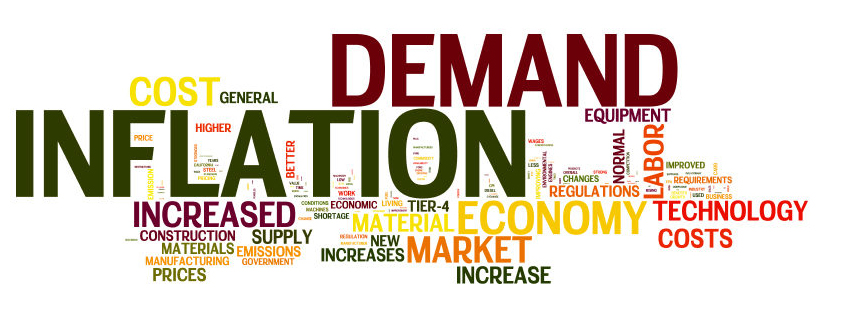Herbert Spencer coined the phrase “survival of the fittest” to describe and broaden Charles Darwin’s famous evolution and natural selection theories. The term could undoubtedly be applied to today’s construction and development industries as the challenges of material and labor shortages, increased lead times, rising costs, and the likelihood of increased interest rates continue to take hold. How builders and developers deal with these challenges will likely determine their success and potential survival in the coming years.
There are several approaches that companies are exploring to leverage against the current supply chain challenges that include; developing strategic partnerships with material suppliers, committing multiple projects under a single agreement, pre-purchasing materials, and purchasing production slots months in anticipation of future demand. These approaches will certainly assist firms in ensuring materials are available when needed, but not without a significant investment and the associated financial risks.
Transitioning from 2021 into 2022, material prices have been volatile but continue on an upward trend for most items. The Federal Reserve Committee signaled that an increase in interest rates would likely occur following their upcoming meeting in March. Many are eager to see what impact an interest rate increase will have on the pricing, but volatility will likely remain until the supply chain issues are addressed. As for countering costs increases, there are several options: trying to time the market to get the best pricing and tying contracts to market indexes at the time of material shipment.
For those looking for more practical solutions to the current market challenges, simple practices such as limiting design changes, openness to alternatives, increasing options for stored materials, and utilizing acceptable temporary materials to keep projects moving are proven strategies that do not require a significant financial investment or risk.
The option of simply staying the course and hoping for the best will not be a sustainable option. The real question is, what combination of the available strategies will prove the most effective? Factors such as financial strength, size of the company, revenue targets, markets served, contract types, and lending requirements will all impact which options are feasible. There will continue to be good opportunities in the construction industry; still, the greatest share of those opportunities will be for those companies that are the best prepared and willing to adapt.
Micah Hoskinson
Senior Project Manager

